Colourful past of seaside town that experienced tragic sea disaster
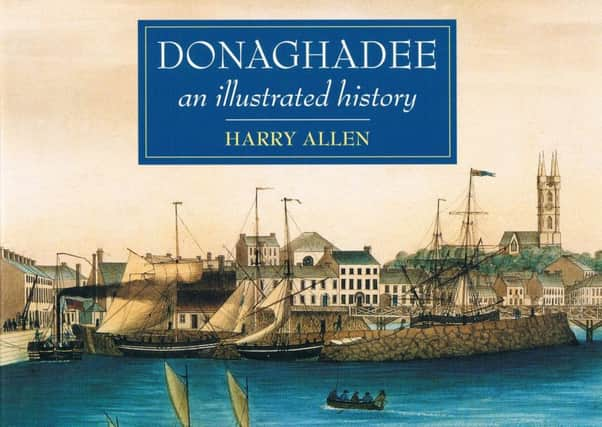

My subsequent profile of the town almost 40 years ago included the lighthouse, the harbour and its famous lifeboat, the towering stone motte or moat and Grace Neill’s historic pub.
I’ve been back many times since then – reporting and relaxing – and Roamer’s page has often shared Donaghadee memories, including the tragic sinking of MV Princess Victoria in an appalling storm off the Copeland Islands on the 31st January 1953.
Advertisement
Hide AdAdvertisement
Hide AdHarry Allen’s much acclaimed and enormously readable book Donaghadee – An illustrated history is back in print, a luxuriously colour-illustrated publication that tells the town’s distinctive story from the Stone Age to the present.
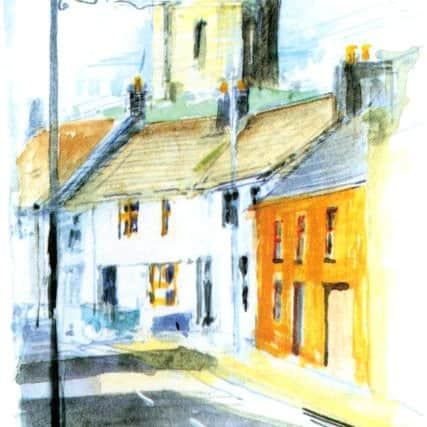

More about the book in a moment, but with the 65th anniversary of the Princess Victoria disaster approaching many of us will recall the tragic news spreading across Northern Ireland about the stricken vessel’s demise, with the loss of over 130 passengers and crew.
Among the dead was Major Maynard Sinclair, the Northern Ireland Minister of Finance, Sir Walter Smiles, MP for North Down and Captain James Ferguson, master of the ill-fated ship.
It was the deadliest maritime disaster in UK waters since the Second World War.
Advertisement
Hide AdAdvertisement
Hide AdA harrowing detail was that not one woman or child survived – as the first of the passengers into a lifeboat that slammed against the hull of the listing ship they were thrown into the icy seas.
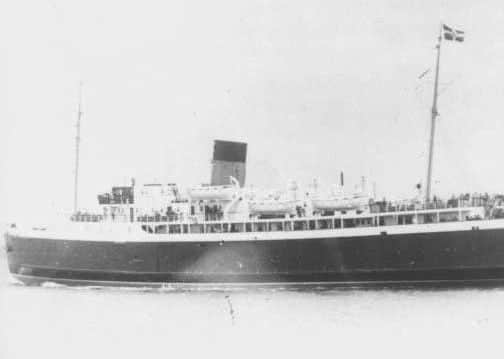

The frantic search for survivors involved steamers, trawlers, a naval boat and the Donaghadee lifeboat, the Sir Samuel Kelly.
The lifeboat’s crew eventually plucked 33 men to safety. Bravery medals were awarded to many for their valiant rescue efforts that day.
“The waves... have become the tomb of 130 of our fellow citizens,” said Northern Ireland Prime Minister Lord Basil Brookeborough.
Advertisement
Hide AdAdvertisement
Hide AdBesides such tragedy bequeathed by the sea, it was the town’s coastal location that set Donaghadee aside as a very special place.
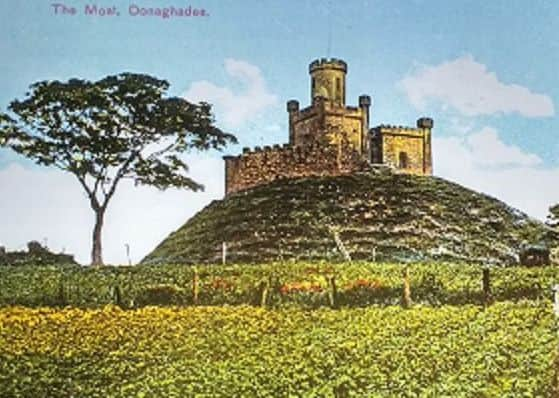

In his book, Harry Allen, who taught history in Donaghadee High School until his retirement in 1991, recounts many fascinating and forgotten curiosities about the ‘Dee.
He reveals that the sleepy, seaside town, with its magnificent limestone harbour and picturesque lighthouse (once painted by Brendan Behan in a rare interval of sobriety) was once Ulster’s leading passenger port – the George Best City Airport of its day.
Thousands of travellers, including Russian Archdukes, and cultural luminaries such as Keats and Lizst, came and went from its quay.
Advertisement
Hide AdAdvertisement
Hide AdWaves of penniless migrants arrived in the wake of the Plantation.
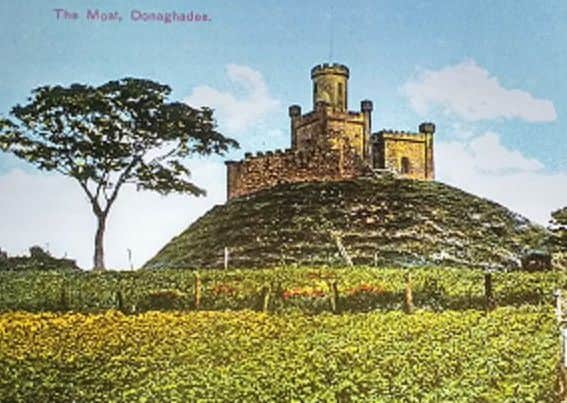

Soldiers landed there to subdue the country.
Gentry left to luxuriate in the waters of the fashionable English spas.
Postal rates were calculated according to their distance from Donaghadee.
The thunder of hooves was also a familiar sound, as huge herds of cattle from across Northern Ireland were driven through the town for exportation to Scotland.
Advertisement
Hide AdAdvertisement
Hide AdIn 1739 Donaghadee even had an early brush with people traffickers, when a cargo of smuggled Scottish Islanders was landed en route to a life of toil on the cotton plantations of Carolina.
Before embarking on the hazardous Atlantic crossing, the ship’s captain called into his home port of Donaghadee to be revictualed, billeting the slaves in neighbouring barns.


Seizing their chance, the slaves escaped during the night.
Many were promptly recaptured, and dragged back in shackles to Donaghadee. The authorities intervened and the slaves were freed.
But the ship’s captain was never made to pay for his crimes.
Advertisement
Hide AdAdvertisement
Hide AdAuthor Harry Allen takes his readers farther back before the 18th century, suggesting that Donaghadee has been an important landing place since Roman times.
He tells how the town’s postmaster grew rich carrying letters for the Duke of Schomberg, why Donaghadee had no need of poteen, why its river ran with blood, and the facts behind the cherished local tradition that Peter the Great once visited the town.
Allen recounts the impact of the 1798 Rebellion, and the climate of fear that followed it, during which Donaghadee issued its own ‘passports’ to travellers, creating its own ‘pre-Brexit border’ along the Irish Sea.
He also charts the town’s unique maritime history, including tragic and catastrophic shipwrecks and sinkings like the Princess Victoria, and the ruin that threatened when Donaghadee lost its monopoly of passenger traffic on the Short Sea Crossing to Scotland.
Advertisement
Hide AdAdvertisement
Hide AdBut with the arrival of the railway the town once again blossomed, becoming a favourite holiday destination for ‘townies’ of all classes during the Twelfth fortnight and beyond.
Donaghadee’s fine old harbour was always a focal point, whether for fishing or pleasure craft, and in 1914 the port saw nautical activities of another kind when the UVF landed thousands of illegally imported German rifles.
Legend has it that the policemen who were on duty that night turned their faces to the pier wall so that they could truthfully say that they had seen nothing.
As well as recounting Donaghadee’s historic tales, Harry Allen introduces some of its most memorable characters, such as the legendary Grace Neill, very lovely in her youth and apparently still pulling pints at the age of 93.
Donaghadee: An illustrated history is available from The Corner Newsagency, Donaghadee, and Stewart Miller’s, Newtownards, and is published by White Row Press (www.whiterow.net) at £11.95.